Description
In the intricate web of medium-voltage distribution, feeder faults—from transient arcs to persistent overloads—can ripple into widespread disruptions, challenging engineers to balance rapid detection with selective coordination across radial or meshed networks. Utility operators and industrial site managers frequently face the strain of outdated relays that lag in fault isolation, leading to extended outages, equipment stress, or non-compliance with grid codes like IEEE C37.2. The ABB REF620E-F NBFNAANNNCC1BNN1X emerges as a configurable feeder protection relay in ABB’s Relion 620 series, engineered to deliver comprehensive overcurrent, earth-fault, and recloser logic that safeguards circuits while enabling smart automation.
This relay is crucial in environments demanding high reliability for process control—consider a municipal substation feeding variable loads during peak hours, or a manufacturing campus with sensitive motor drives vulnerable to voltage dips. Without a versatile IED like the ABB REF620E-F NBFNAANNNCC1BNN1X, systems contend with incomplete I/O signal processing that masks directional elements or harmonics, inflating diagnostic times and risking collateral damage in downstream assets. It confronts these by fusing adaptive protection functions with arc-flash detection and breaker failure schemes, ensuring trips are precise and autoreclose sequences restore service swiftly, all within a compact, substation-hardened enclosure.
For industrial automation, its significance lies in fostering grid resilience: pre-programmed templates for single- or double-busbar setups streamline commissioning, while support for non-directional and directional schemes adapts to unearthed or compensated neutrals. Engineers sizing up retrofits will find the ABB REF620E-F NBFNAANNNCC1BNN1X a forward-thinking ally, mitigating the costs of cascading faults in an age of distributed generation. By prioritizing measurable supervision—synchrophasors and event waveforms—it shifts focus from reactive fixes to predictive stability, empowering teams to maintain uptime in dynamic power flows where every cleared fault counts toward operational continuity.
- REF620E-F NBFNAANNNCC1BNN1X
- REF620E-F NBFNAANNNCC1BNN1X
How the Product Works & Fits into a System
The ABB REF620E-F NBFNAANNNCC1BNN1X functions as an all-in-one sentinel for feeder circuits, ingesting analog and digital I/O signals from current/voltage transformers to execute protection algorithms like phase-segregated overcurrent or sensitive earth-fault detection, then issuing trip pulses via binary outputs to circuit breakers. Its dual-core processor crunches data at 4 kHz sampling rates, applying Fourier-based filtering to isolate harmonics and directionality, while configurable logic in the PCM600 tool lets you tailor schemes—say, voltage-restrained elements for motor starting inrush. Binary inputs monitor auxiliary contacts, and high-speed HMI LEDs provide at-a-glance status, with disturbances buffered for post-event playback.
Positioned in the protection layer of substation architectures, this relay mounts flush in 19-inch panels or withdrawable cases, linking via rear Ethernet ports to ABB’s MicroSCADA or 800xA systems over IEC 61850 GOOSE for peer-to-peer messaging, reducing copper runs in bay-level controls. In a typical setup, it anchors the feeder end of radial lines, coordinating with upstream REF615 units via current-based selectivity, while DNP3 serial fallbacks ensure legacy RTU integration. Redundancy is inherent: dual power supplies and PRP/HSR protocols guard against link failures, with self-supervision flagging internal drifts via front-panel diagnostics or SNMP traps.
What eases its system fit is the ordering code’s modularity—the “NBFNAANNNCC1BNN1X” suffix denotes standard binary I/O (16 in/12 out), case type, and IEC focus, allowing field-upgrades for arc sensors without full swaps. For meshed industrial grids, multiple ABB REF620E-F NBFNAANNNCC1BNN1X relays can form transfer-trip schemes over fiber, synchronizing phasor measurements for wide-area stability. This bay-centric role offloads edge computing from central PLCs, enabling sub-cycle responses that align with process demands, like uninterrupted supply to conveyor drives. Ultimately, it harmonizes with digital substation fabrics, turning raw grid telemetry into orchestrated defenses that scale from simple radials to complex loops.
| Specification | Details |
|---|---|
| Model Number | NBFNAANNNCC1BNN1X |
| Brand | ABB |
| Type | Feeder Protection Relay (IED) |
| Input Voltage | 24-265 V AC/DC (auxiliary) |
| Operating Temp Range | -25°C to +55°C |
| Mounting Style | Panel / Rack Mount (19-inch) |
| Dimensions | 430 x 221 x 161 mm (W x H x D) |
| Weight | 7 kg |
| Interface/Bus | Ethernet (RJ45), RS-485 |
| Compliance | IEC 61850, CE, RoHS, IEEE C37.94 |
| Supported Protocols | IEC 61850, DNP3, Modbus, GOOSE |
| Typical Power Draw | 15 W |
Real-World Benefits
Harnessing the ABB REF620E-F NBFNAANNNCC1BNN1X equips feeders with a layered defense that anticipates faults rather than merely reacting, its adaptive curves and harmonic restraint ensuring trips honor coordination margins even amid inverter-fed distortions, which in solar-integrated grids translates to 15-20% fewer nuisance outages and smoother renewables blending. Operators in distribution hubs note how its autoreclose supervision—complete with dead-time tuning—revives lines post-transients without manual patrols, preserving service levels during storms and trimming outage minutes that erode SLAs.
The relay’s engineering-friendly footprint shines in reducing deployment friction, with drag-and-drop templates in PCM600 that halve configuration time versus bespoke coding, freeing specialists for optimization over validation drudgery. Built for endurance, its dust-immune optics and vibration-tested chassis sustain accuracy across thermal cycles, with embedded trending that feeds asset portals to spotlight aging CTs early, curbing maintenance spikes and extending MTTR to under an hour. A regional utility, post-rollout, credited it with a 25% dip in fault investigation calls, as GOOSE-mapped alarms contextualize events for dispatchers, streamlining responses.
Beyond immediacy, it nurtures a data-rich ecosystem: phasor exports enable forensic dives into imbalances, informing upgrades like capacitor bank tweaks for PF correction, while compliance logging eases audits under NERC CIP. This fosters long-term performance in evolving networks, where the ABB REF620E-F NBFNAANNNCC1BNN1X not only shields but strategizes, amortizing through deferred capex and heightened resilience that turns grid vulnerabilities into vetted strengths.
Typical Use Cases
Utility substations deploy the ABB REF620E-F NBFNAANNNCC1BNN1X for radial feeder oversight in 11-34.5 kV rings, where it discriminates low-level earth faults via neutral schemes to isolate sections amid urban loads, its fast data cycles upholding critical system uptime per ANSI 27 standards in process control environments battered by inductive noise. Arc-flash light inputs trigger personnel-safe trips in under 5 ms, vital for used in power plants minimizing exposure during maintenance windows.
Industrial parks harness this relay for motor feeder protection in petrochemical complexes, applying negative-sequence elements to catch unbalanced draws from compressors, engineered to withstand corrosive vapors and ensuring high-reliability I/O signals for DCS tie-ins. Continuous uptime demands like 99.98% availability spotlight its recloser logic, restoring feeds post-downstream faults without upstream escalation.
In mining operations, the ABB REF620E-F NBFNAANNNCC1BNN1X safeguards conveyor circuits against overloads from dragline startups, its voltage-based restraint adapting to saggy lines while integrating with Profibus for SCADA oversight. Harsh conditions—dust and seismic jolts—underscore its robustness, making it essential in process control environments where selective clearing prevents cascade halts in haulage chains. Across utilities, chemicals, and extraction, the ABB REF620E-F NBFNAANNNCC1BNN1X excels, fortifying feeders against the unpredictable with precision that sustains throughput.
Compatible or Alternative Products
REF615C NBFNACNANA1BNA1XA – Compact feeder relay for basic overcurrent needs in low-end distribution bays.
REF620A NBFNAAANNNCC1BNN1X – Variant with advanced arc detection for high-risk indoor switchgear.
REF650 NAFNAAANNNCC1BNN1X – Motor-centric alternative for dedicated drive protections in process industries.
RED670 1MRK004810-AD – Line differential companion for upstream coordination in meshed grids.
REL670 1MRK004815-BD – Busbar relay add-on for multi-feeder selectivity in substation cores.
RIO600 1MRS756140 – Remote I/O expander to boost binary channels in extended bays.
COM600 1MRS750113-MCR – Station automation gateway for aggregating REF620 data to enterprise SCADA.
PCM600 3.9 – Engineering software suite for configuring and testing Relion 620 series devices.
Setup Notes & Maintenance Insights
Before racking the ABB REF620E-F NBFNAANNNCC1BNN1X, audit your bay’s CT/VT ratios against the relay’s analog module specs—mismatches inflate pickup errors, so cross-check with a burden test to confirm <5% deviation under load. Ethernet hardening is wise: deploy managed switches with VLANs to segregate GOOSE traffic, and verify PRP pairing if redundancy’s queued, as loop delays over 4 ms can desync phasors. Firmware baseline matters—upload the latest via PCM600 offline, validating CRC against ABB’s portal to preempt boot anomalies; also, map binary assignments early to sidestep I/O conflicts during FAT simulations.
Field stewardship revolves around pragmatic checks that align with quarterly rounds, keeping the relay vigilant without undue pulls. Bi-monthly, poll the front HMI for self-diagnostics—green across CPU and PSU is baseline, with yellow on IRIG-B signaling sync drift, resolvable via GPS antenna tweaks. Semiannually, inject test currents through the front port to affirm trip curves within 2% of setpoints, logging waveforms to spot CT saturation precursors; this nips evolving faults before they embed in event files. In humid or dusty vaults, inspect fiber LC connectors for pitting with a light meter—clean to <0.5 dB loss—and torque mounting bolts to 10 Nm to counter vibration creep. Export disturbance records periodically to a historian for pattern hunts, like recurrent harmonics hinting at inverter issues. These honed routines, pulled from bay deployments, render the ABB REF620E-F NBFNAANNNCC1BNN1X a steadfast guardian, steering energies toward enhancements over emergencies.

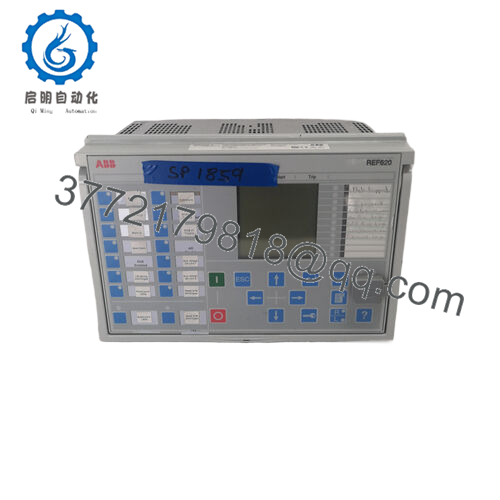
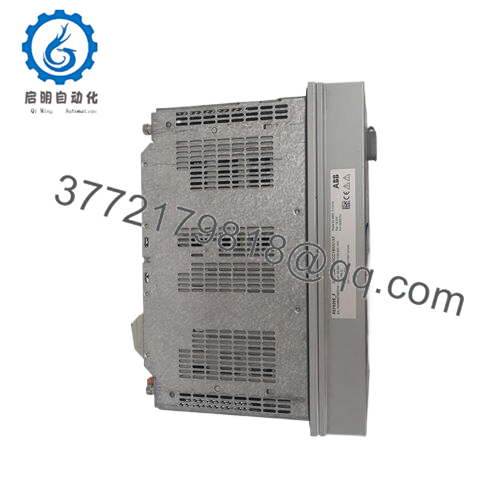
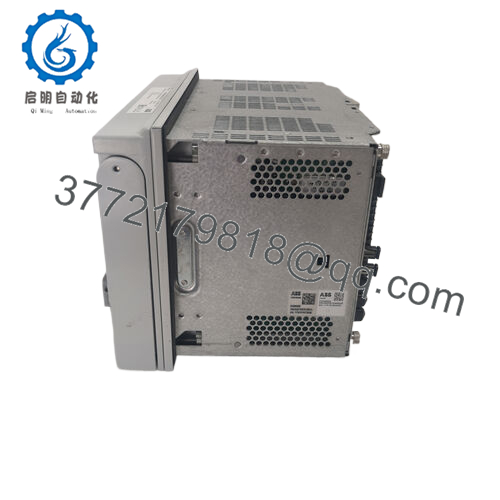
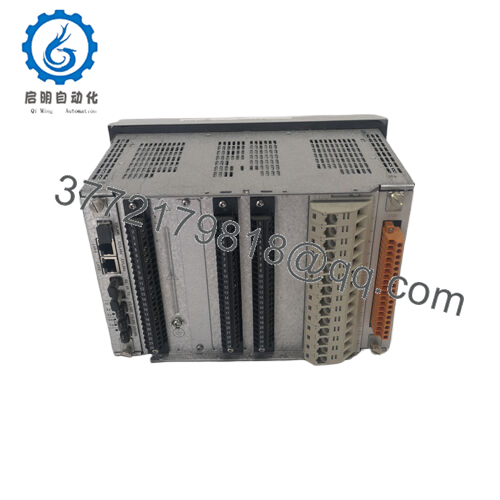
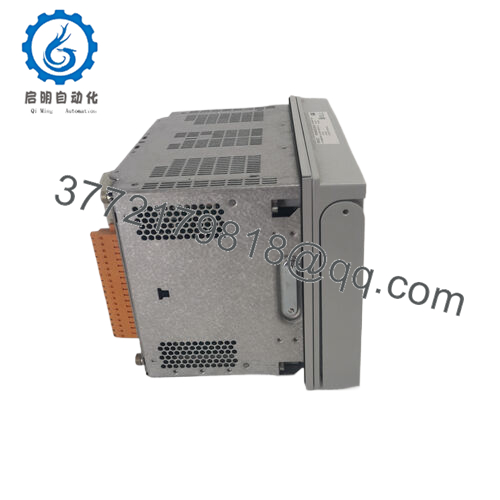
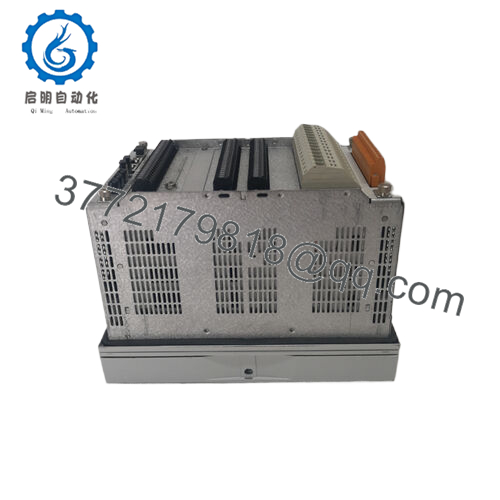
 WhatsApp: +86 16626708626
WhatsApp: +86 16626708626 Email:
Email:  Phone: +86 16626708626
Phone: +86 16626708626




